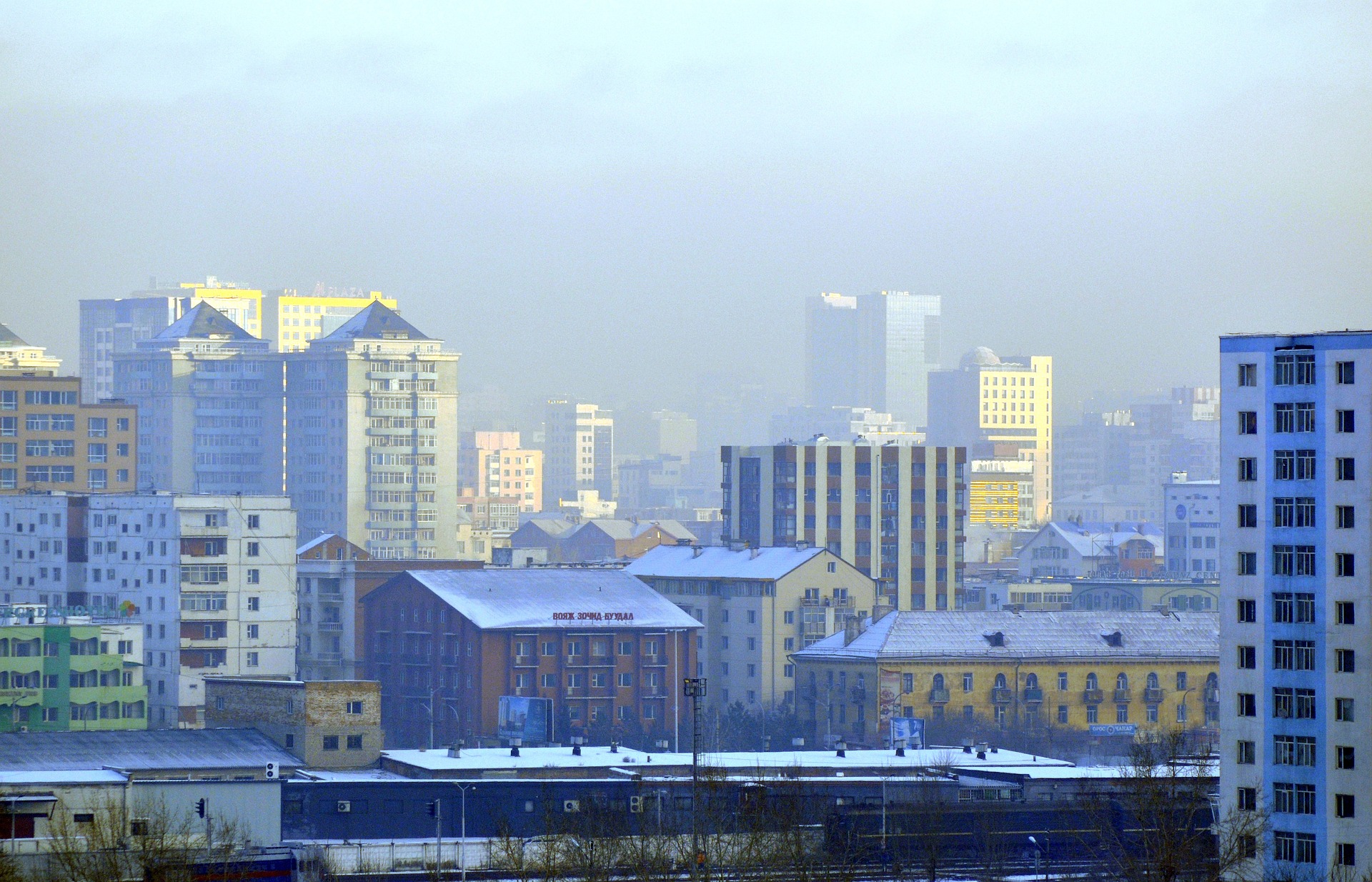New Delhi, India – The air quality in New Delhi, India’s capital, reached its worst levels of the season, prompting authorities to implement emergency measures to protect residents from the hazardous smog blanketing the city. With pollution levels soaring to more than 50 times higher than the World Health Organization’s (WHO) recommended safe limits, officials have ordered the closure of schools, suspended construction work, and imposed a ban on non-essential trucks entering the city.
Residents of New Delhi, a metropolis with a population of approximately 33 million, woke up to thick, toxic smog that severely reduced visibility and worsened the already critical air quality. The pollution spike has once again drawn attention to the ongoing environmental and health crisis in the city, which has one of the most polluted air conditions globally.
Emergency Measures to Combat Rising Pollution
In response to the public health crisis, local authorities took several drastic steps to mitigate the risks of air pollution. Schools were ordered to close in many parts of the city, especially in areas where pollution levels were dangerously high. Construction activities were also suspended to prevent the release of dust and particulate matter into the air, further contributing to the hazardous conditions.
The government also issued directives banning non-essential trucks from entering the city to reduce the emissions from heavy vehicles, which are major contributors to the city’s already poor air quality. Traffic management measures are expected to continue as the authorities work to reduce the amount of fine particulate matter (PM2.5) and other pollutants that have reached critical levels.
Pollution Levels Skyrocket: A Health Emergency
The surge in pollution levels has caused the air quality index (AQI) to reach unprecedented levels in certain parts of New Delhi. In some areas, the AQI was reported to be over 500, which is considered severe and poses an immediate threat to health, even for healthy individuals. For comparison, the WHO recommends that the AQI should not exceed 50 for safe air quality, but the levels in New Delhi have been astronomically higher.
Particulate matter, particularly PM2.5 (particles smaller than 2.5 micrometers in diameter), has been identified as the main pollutant. These microscopic particles can penetrate deep into the lungs and enter the bloodstream, causing serious health issues, particularly for children, the elderly, and those with pre-existing respiratory conditions. Experts warn that long-term exposure to such levels of pollution can lead to chronic respiratory diseases, heart conditions, and even premature death.
A Daily Struggle with Air Pollution
New Delhi’s air quality has been a persistent issue for years, especially during the colder months of October to January, when air pollution levels tend to increase significantly due to factors such as crop burning in neighboring states, the use of firecrackers during festivals, and vehicular emissions. The city often ranks as one of the most polluted cities globally, with pollution levels regularly far exceeding international safety standards.
Many residents have taken to wearing masks and using air purifiers in an attempt to protect themselves from the harmful effects of the toxic air. However, these measures are often insufficient to mitigate the widespread health impacts of the pollution. Experts note that this ongoing crisis requires urgent, large-scale interventions at both the governmental and community levels to reduce emissions and improve air quality.
The Role of Agricultural Practices and Construction
A significant contributing factor to New Delhi’s air pollution is stubble burning in neighboring Punjab, Haryana, and Uttar Pradesh. During the harvest season, farmers burn crop stubble to clear fields quickly, sending massive amounts of smoke into the air, which then drifts into the capital region. This practice has been a major source of pollution in recent years, particularly in the autumn months.
Additionally, construction activities contribute heavily to particulate pollution, as building sites release large amounts of dust and debris into the air. In response, New Delhi’s authorities have ordered a suspension of such activities, but the long-term solution lies in cleaner construction practices and stricter regulations on dust control.
Health Risks and Global Attention
The hazardous air quality in New Delhi poses serious health risks to millions of people. According to the Health Effects Institute, air pollution in India is responsible for approximately 1.7 million premature deaths annually, with a large portion of those fatalities occurring in New Delhi. The WHO has also expressed concern over the scale of the health crisis caused by poor air quality in India’s capital.
The international community has taken notice of the pollution crisis, with several global organizations, including the United Nations, calling for immediate action to reduce emissions, improve air quality, and protect the health of residents in affected cities. The ongoing air pollution problem is a reminder of the larger environmental challenges India faces, including climate change, deforestation, and sustainable urbanization.
Steps Toward a Cleaner Future?
While New Delhi’s authorities have been taking short-term measures to combat the current air pollution crisis, long-term solutions are necessary to address the root causes. These solutions must include:
- Regulation of crop burning in neighboring states through incentives for alternative practices such as composting or using stubble management technology.
- Promotion of cleaner public transport and stricter emissions standards for vehicles to reduce pollution from one of the city’s largest contributors—traffic emissions.
- Construction of greener infrastructure, including regulations that mandate the use of eco-friendly materials and better dust control measures at construction sites.
- Investing in renewable energy sources, such as solar and wind power, to reduce reliance on fossil fuels.
Conclusion
New Delhi’s latest air pollution crisis highlights the urgent need for comprehensive policies to combat the growing environmental and health threats posed by toxic air quality. While short-term measures such as school closures and truck bans may alleviate the immediate danger, lasting change will require significant investment in clean energy, sustainable agriculture, and environmental governance. As India’s capital grapples with its worst pollution levels this season, the world watches closely, with hopes that this crisis will prompt meaningful action to improve air quality for future generations.
Sources:
- BBC News – “New Delhi Implements Emergency Measures Amid Severe Pollution Crisis” (2024)
- The Guardian – “New Delhi’s Toxic Smog: Why Air Pollution Levels Are Skyrocketing” (2024)
- World Health Organization (WHO) – “Air Quality and Health in India: The Global Crisis” (2024)
- Al Jazeera – “New Delhi’s Battle with Toxic Smog: Health Risks and Urgent Action Needed” (2024)

